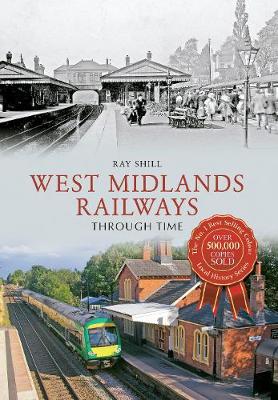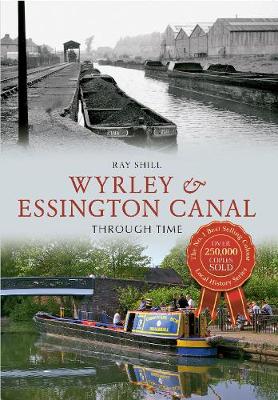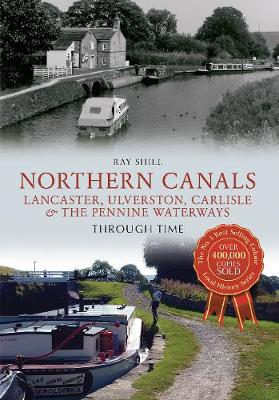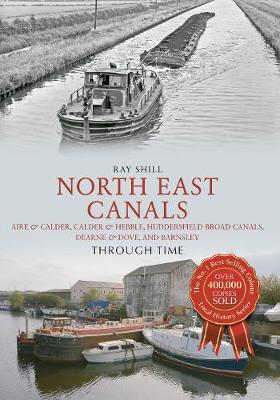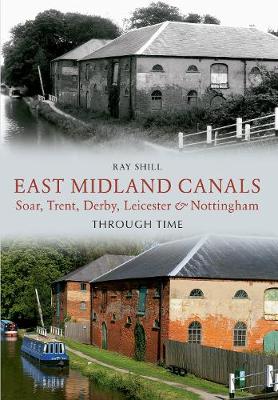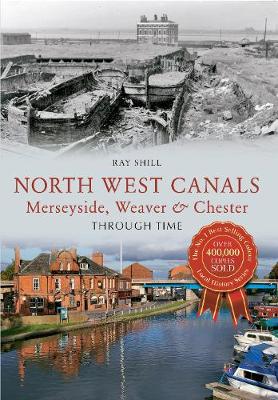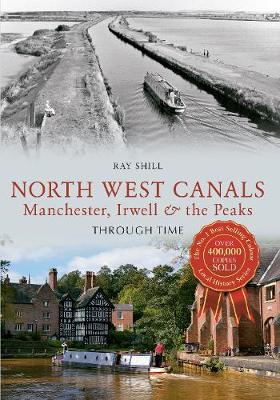Through Time
8 total works
In addition to the London & Birmingham and Grand Junction, railways to Gloucester and Derby were constructed. That to Derby joined up with railways to Nottingham, Sheffield and Leeds, placing Birmingham at the heart of an inter-city rail network. The aim of this book is to investigate railway construction within the West Midlands, showing how the system developed and how it served both the needs of the travelling public and the conveyance of goods and merchandise.
Northern Canals Lancaster, Ulverston, Carlisle and the Pennine Waterways Through Time
by Ray Shill
Through a similar 'then and now' study, in line with his previous titles, canal historian Ray Shill explores the construction and technical developments of the canals and their social and economic contributions to the towns and cities they passed through, as well as the architecture they spawned and the legacy they left behind them. Within the pages of this book, the history of the canals will be unfolded to delight and inform all those interested in the canals of the North.
Throughout this volume, Ray Shill explores the construction and technical developments of the canals and their contributions to the habitations they passed through, as well as the architecture they spawned and the legacy they left behind. This book will fascinate anyone with an interest in this region and its long-established waterway infrastructure.
North West Canals Manchester, Irwell and the Peaks Through Time
by Ray Shill
